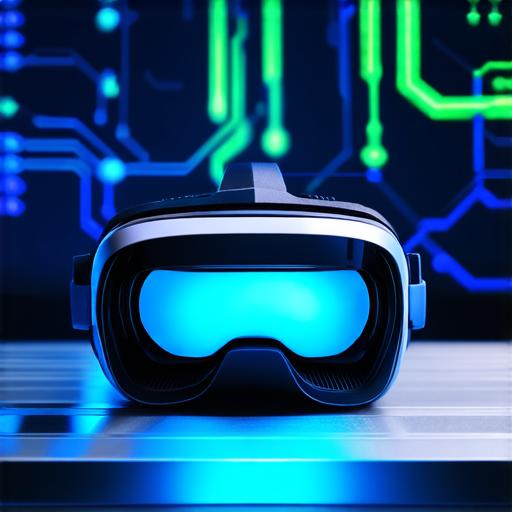
What is the purpose of virtual reality technology?

What is Virtual Reality Technology?
Virtual reality technology involves creating a simulated environment that can be experienced through a head-mounted display (HMD) or other sensory input devices such as gloves, headphones, and motion controllers. The user perceives the virtual world as if they were actually in it, with a level of immersion that can be highly engaging and transformative.
The Purpose of VR Technology: A Multitude of Applications
While VR technology was initially developed for gaming and entertainment purposes, its potential applications are far more diverse. Here are some of the main purposes of VR technology across different industries:
Gaming and Entertainment
Virtual reality has revolutionized the gaming industry, offering players a level of immersion that can be highly engaging and transformative. From first-person shooters to adventure games and interactive movies, VR has opened up new possibilities for game design and player experience.
For example, the popular game “Beat Saber” uses VR technology to create an immersive music experience where players slice through blocks with light sabers to the beat of the music. The game has been praised for its engaging and addictive gameplay, as well as its ability to promote physical activity and creativity.
Education and Training
Virtual reality can be a powerful tool for education and training, providing students and professionals with immersive learning experiences that can help them develop new skills and knowledge in a safe and controlled environment. For example, VR simulations can be used to train pilots, surgeons, and emergency responders in simulated scenarios, allowing them to practice and perfect their skills without the risk of injury or damage to equipment.
One example of VR technology being used for education is “Google Expeditions,” a free app that allows teachers to take virtual field trips to different parts of the world from the classroom. The app provides an immersive learning experience that can help students develop a deeper understanding of different cultures and historical events.
Healthcare and Therapy
Virtual reality technology has been used in healthcare to provide patients with immersive experiences that can help them manage pain, anxiety, and other conditions. For example, VR therapy can be used to treat phobias, PTSD, and anxiety disorders by exposing patients to controlled virtual environments that simulate their fears and trigger points.
One example of VR technology being used in healthcare is the “PainGator” system, which uses VR to help manage chronic pain for patients with conditions such as fibromyalgia and neuropathic pain. The system provides a virtual environment where patients can engage in activities that distract them from their pain and help them develop coping strategies.
Architecture and Design
Virtual reality technology has transformed the field of architecture and design, allowing professionals to create and test designs in virtual environments before they are built in the real world. This can save time and resources, as well as reduce the risk of errors and costly mistakes during construction.
For example, the architectural firm “Foster + Partners” used VR technology to design and test the new terminal building at London’s Stansted Airport. The virtual simulation allowed them to test different design options, such as changing the layout of shops and restaurants, and make adjustments in real-time.
Tourism and Hospitality
Virtual reality technology has also revolutionized the tourism and hospitality industry, allowing travelers to experience different destinations and accommodations in virtual environments before they book their trips.